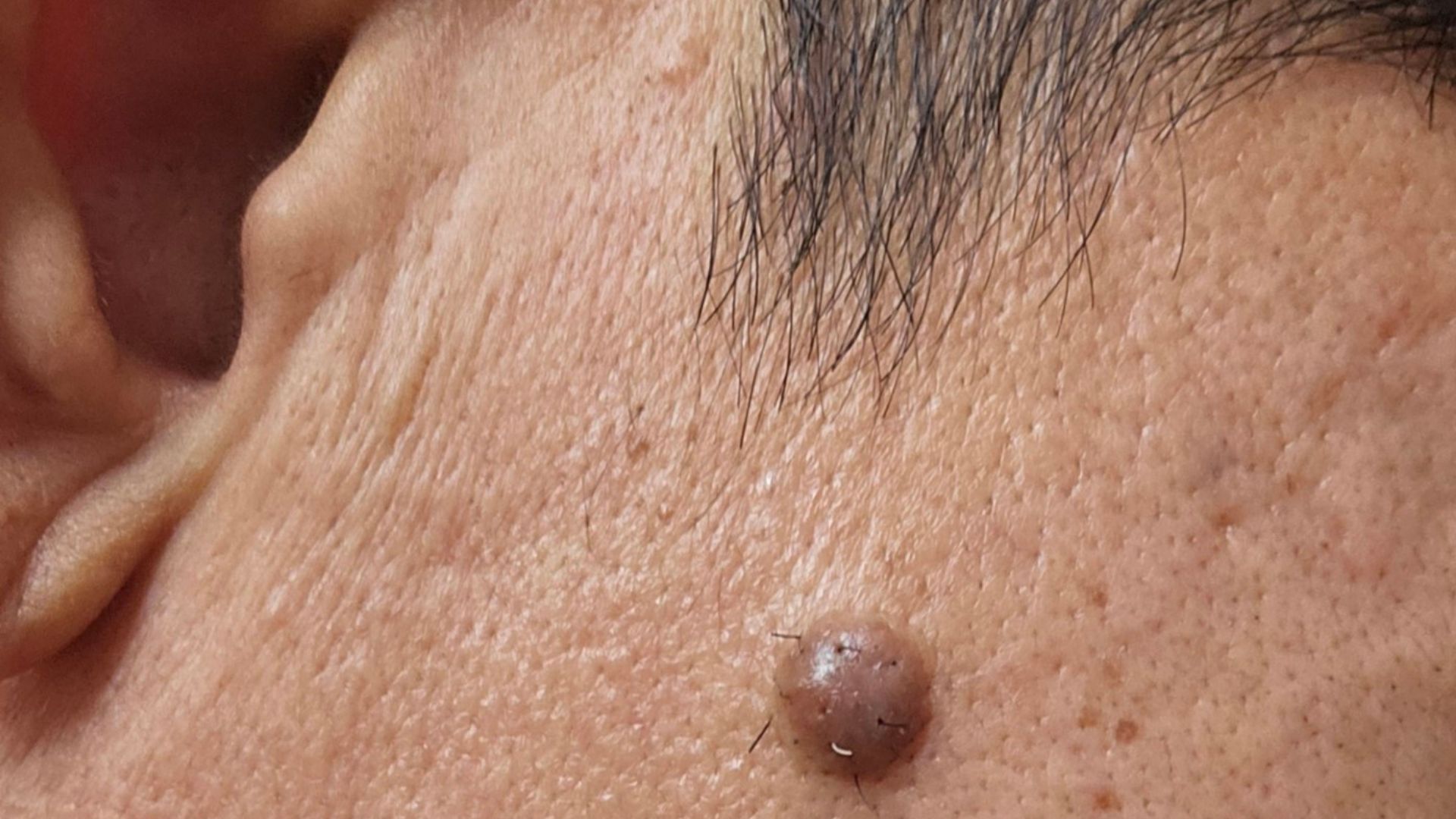
Mole removal is split into two categorisations, Benign Moles and Suspicious Moles. Read more below.
At the Interface Clinic, no GP referral is required, and patients can self-refer for treatment.
A benign mole is a harmless one (not canerous or pre-cancerous).
Benign moles include Intradermal naevus, compound naevus, congenital naevus, epidermal naevus, benign pigmented naevus.
Depending on the type of mole, its position on the body and its size, they can be removed by shave excison or resection.
Resection is when the mole is cut out and the wound stitched closed.
The choice of the above two treatments depends on the type of mole and an assessment of the best scar outcome possible.
There is a small chance of the mole coming back with shave excision but in most cases, the lesser scarring outweighs any concerns about the small risk of it recurring in the future.
Mole removal is a local anaesthetic procedure.
Moles should be sent for histology and both the above two removal methods allow for a sample to be sent.
Cancerous or pre-cancerous (dysplastic) naevi.
If you have a mole that has noticeably changed, especially over a period of 3-6 months, or that you are worried about, it is best to get it seen to.
The NHS offers a Two Week Rule pathway whereby the mole is seen by a Dermatologist within 2 weeks of being referred by your GP. It is good advice to get any suspicious moles seen by your GP who can advise if the mole should be dealt with by the NHS.
If you have a mole that has noticeably changed, especially over a period of 3-6 months, or that you are worried about, it is best to get it seen to.
The NHS offers a Two Week Rule pathway whereby the mole is seen by a Dermatologist within 2 weeks of being referred by your GP. It is good advice to get any suspicious moles seen by your GP who can advise if the mole should be dealt with by the NHS.
Dressings: A dressing will be applied to the area, which should be kept dry for at least 48 hours.
Activity Restrictions: Strenuous activity should be avoided for a few days to reduce the risk of bleeding or irritation.
Suture Removal: Typically 7 -14 days if removable (non absorbable) stitches are used. The time for suture removal depends on the site of the mole on the body.